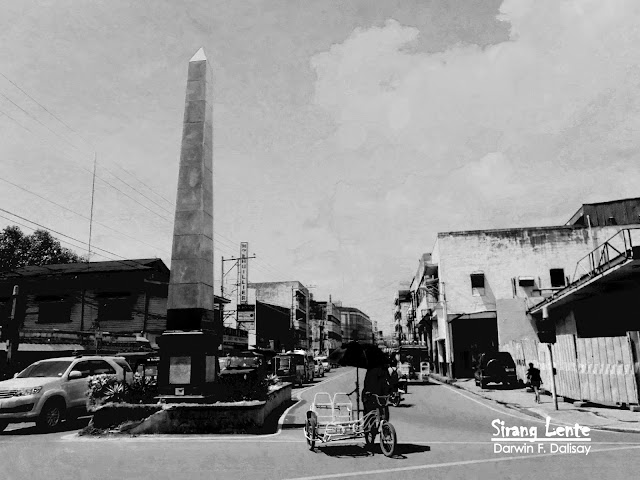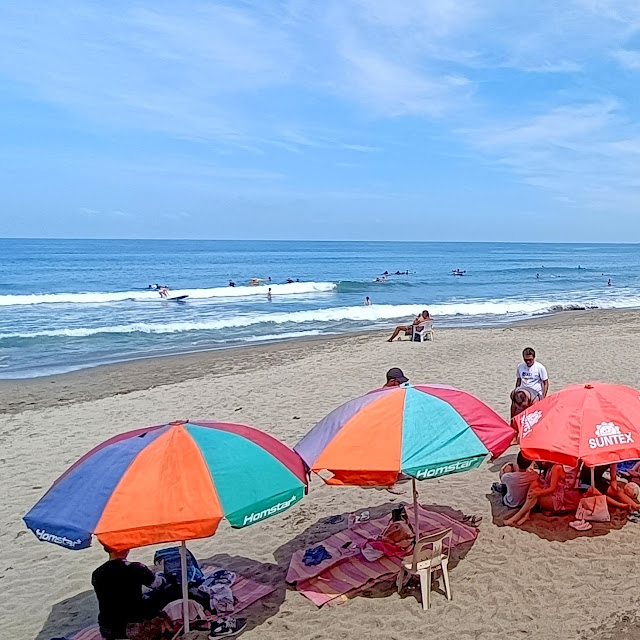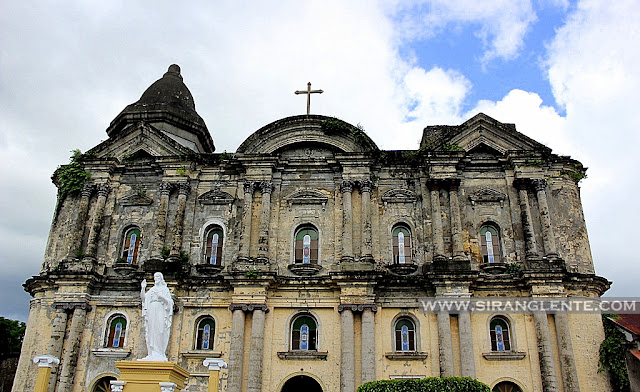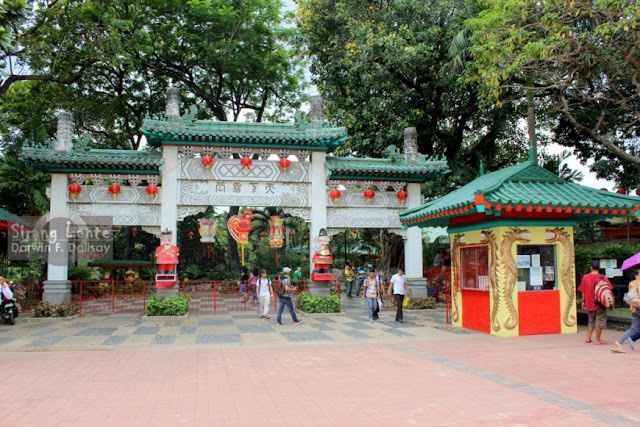
Jump to: About Colon Street | Historical Significance | Nearby Attractions | Suggested Itinerary | Travel Budget | Where to Stay | Travel Tips
About Colon Street
Colon Street, located in downtown Cebu City, is recognized as the oldest street in the Philippines. It was established during the Spanish colonial period and remains a bustling commercial center filled with local vendors, old movie houses, and historical landmarks.









